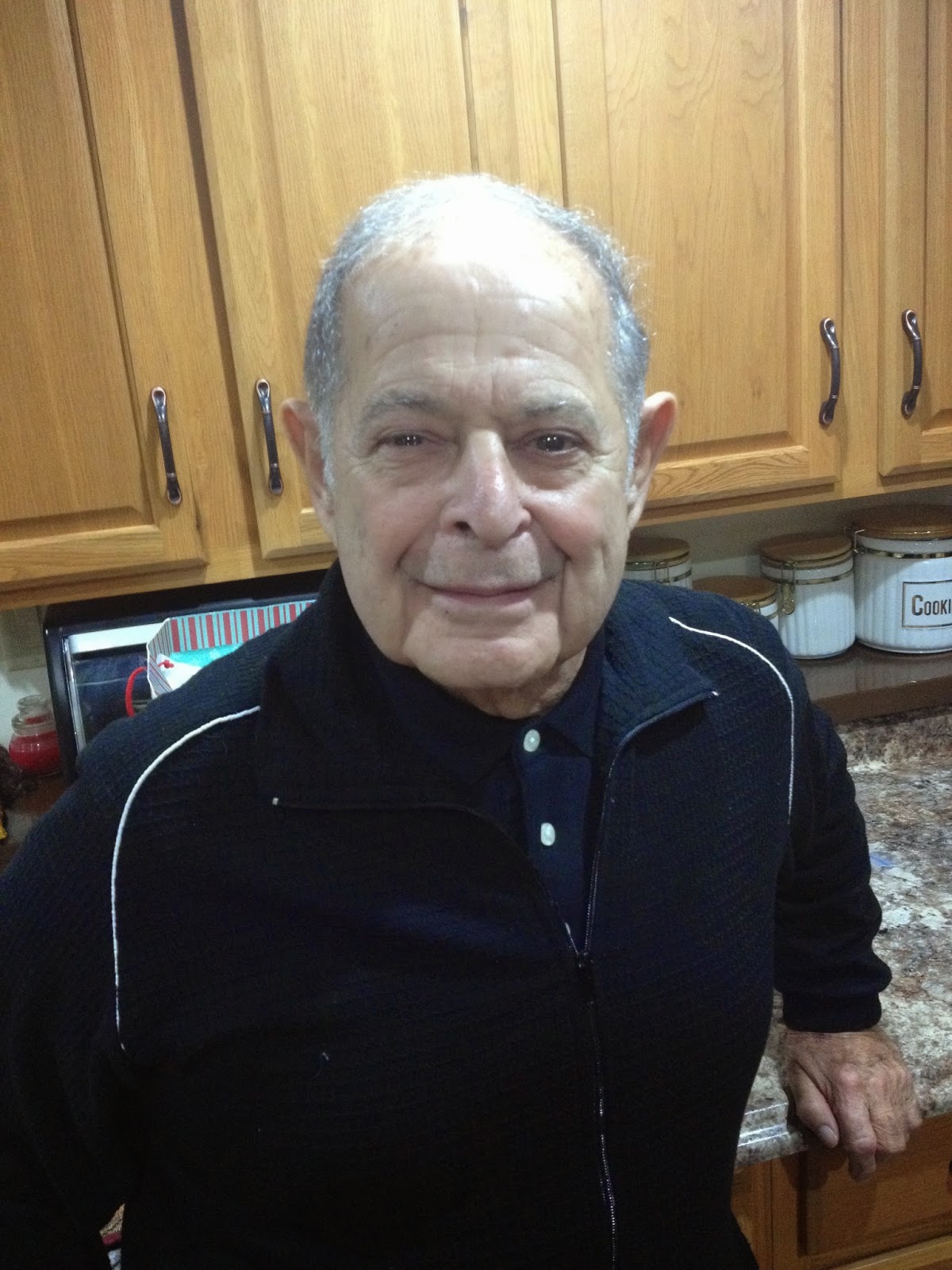I understand my educational limitations with regard to making medical judgments, but I have to conclude that a recent campaign by a New York City urologist has to be skating mighty close to the ethical line. That this would be offered by an affiliate of the North Shore-Long Island Jewish Health System, which has an outstanding record of patient quality and safety, makes it all the more strange.
Here it is. Excerpts:
Lenox Hill Hospital, part of the North Shore-LIJ Health System, is offering a free informative evening on Thursday, January 8th from 6-7:30 p.m. with David Samadi, MD, chair of urology and chief of robotic surgery, about what women can do to help keep the men in their lives healthy and happy. The presentation will be followed by a question-and-answer period, and everyone is the audience will be receiving a free T-shirt.
“Woman are the most proactive healthcare champions in the family and are the driving force in men’s health,” said Dr. Samadi. “We want women to promote men’s health issues with a particular focus on those associated with the prostate and sexual function so they can encourage healthy lifestyle choices for the men in their lives.”
Dr. Samadi will be challenging the audience to participate in “The Samadi Challenge.” Created as a way to promote the importance of prostate health, the Samadi Challenge has gone viral over Facebook. "I asked women who have a man in their lives to get his PSA (prostate specific antigen) and testosterone levels checked," Dr. Samadi said. "They then had to record a message that challenged three women they know to do the same and post the video.”
I'm not going to go through all the recent studies about PSA and testosterone tests. You can do that on your own. What I am going to say is that in neither case is there reason to believe that an unselected population of normal men should have these tests.
This doctor and through him this health system are engaged in advocacy that will cause overuse of the health care system. Add to that the inevitability of a number false positives from the PSA tests, leading to an unnecessary number of biopsies, some of which will cause harm to patients.
So, we have to ask, is this a doctor doing this on his own, or does it have the support of the health system's administration? Is this a scientifically based clinical program or a business development program?
Finally, the fact they are deliberately using women to get at the men and do their advertising for them is disrespectful to both. This is a tactic worthy of used car salesmen.
---
Addendum: Dear readers, after reviewing the extensive and thoughtful comments below, please turn to the follow-up post on this topic, in which NS-LIJ Health System responds.
Here it is. Excerpts:
Lenox Hill Hospital, part of the North Shore-LIJ Health System, is offering a free informative evening on Thursday, January 8th from 6-7:30 p.m. with David Samadi, MD, chair of urology and chief of robotic surgery, about what women can do to help keep the men in their lives healthy and happy. The presentation will be followed by a question-and-answer period, and everyone is the audience will be receiving a free T-shirt.
“Woman are the most proactive healthcare champions in the family and are the driving force in men’s health,” said Dr. Samadi. “We want women to promote men’s health issues with a particular focus on those associated with the prostate and sexual function so they can encourage healthy lifestyle choices for the men in their lives.”
Dr. Samadi will be challenging the audience to participate in “The Samadi Challenge.” Created as a way to promote the importance of prostate health, the Samadi Challenge has gone viral over Facebook. "I asked women who have a man in their lives to get his PSA (prostate specific antigen) and testosterone levels checked," Dr. Samadi said. "They then had to record a message that challenged three women they know to do the same and post the video.”
I'm not going to go through all the recent studies about PSA and testosterone tests. You can do that on your own. What I am going to say is that in neither case is there reason to believe that an unselected population of normal men should have these tests.
This doctor and through him this health system are engaged in advocacy that will cause overuse of the health care system. Add to that the inevitability of a number false positives from the PSA tests, leading to an unnecessary number of biopsies, some of which will cause harm to patients.
So, we have to ask, is this a doctor doing this on his own, or does it have the support of the health system's administration? Is this a scientifically based clinical program or a business development program?
Finally, the fact they are deliberately using women to get at the men and do their advertising for them is disrespectful to both. This is a tactic worthy of used car salesmen.
---
Addendum: Dear readers, after reviewing the extensive and thoughtful comments below, please turn to the follow-up post on this topic, in which NS-LIJ Health System responds.































